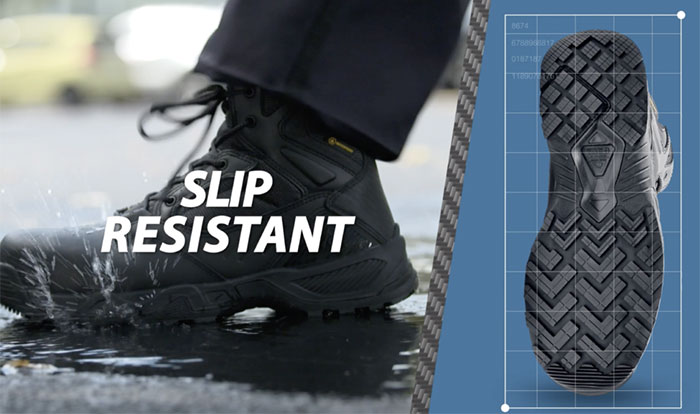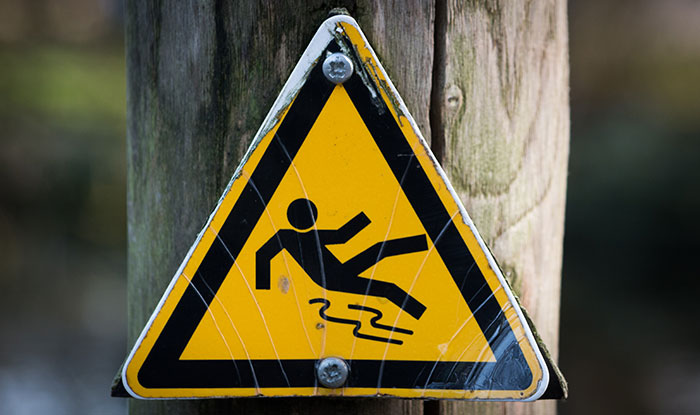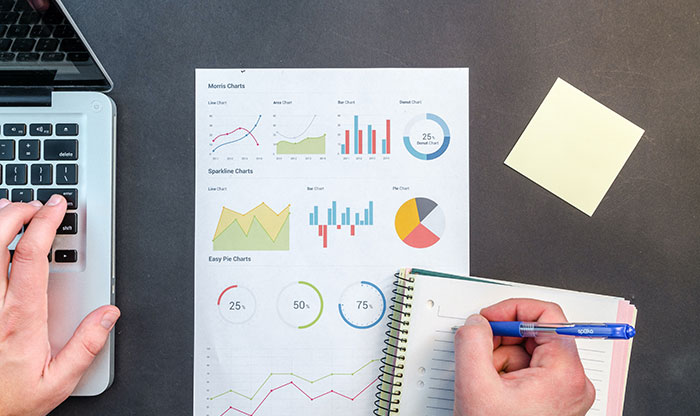Workplace Safety 101: Preventing Slips, Trips and Falls
Slips, trips and falls may not seem all that serious at first glance. After all, who hasn't laughed at people on TV or in movies who slip and fall on their behinds – maybe even on a banana peel? However, while it's all fun and games on TV, it's not funny in real life, especially in the workplace. Slips, trips and falls make up the majority of accidents across all industries, according to the Occupational Safety & Health Administration. They're even responsible for 15 percent of all accidental deaths, making them second only to car crashes.
Preventing slips, trips and falls in the workplace is of the utmost importance, and it's everyone's responsibility to ensure a safe work environment. Whether you're the owner or manager of a company or an employee, hazards that could lead to slips, trips and falls should always be taken care of immediately. Additional steps should be taken too, like outfitting the workplace with nonslip surfaces, wearing safety shoes and clearing clutter. But before you take action, it's important to understand what slips, trips and falls really are.
Slips
Slips happen when there's not enough friction or traction between someone's footwear and the surface of the floor. In most slips, the heel of a person's front foot slides forward as the person is transferring his or her weight, which results in a backward fall. The cause of slips can vary, from wet or dry contamination on the floor (like water or sawdust) to highly polished surfaces.
The best way to prevent slips is to practice good cleaning habits. Dry or wet substances spilled on the floor should be cleared immediately to reduce the likelihood that someone will step on them. It's also crucial to use proper cleaning products that are meant for the surfaces they're being applied to.
Slips can also be prevented by using slip-resistant floor mats in areas that are prone to get wet, like in front of a sink or doorway leading outside. Slip-resistant shoes for men or women are another great option.
Trips
Trips occur when a person's foot hits an object, which causes a loss of balance. Most of the time, the person's walking momentum causes him or her to fall forward. Even a 1/4-inch rise on a walking surface can be enough to make a person stub his or her toe. Other causes of trips include electrical cords or clutter in walkways, an obstructed view of the floor, uneven stairs or taking a shortcut instead of a proven path.
One simple way to reduce the possibility of trips involves clearing walkways of all clutter. Electrical cords, boxes, hoses and other potential tripping hazards should be stored properly after they're used. It's also a good idea to minimize changes in floor elevation if possible, like by taping down the edges of a carpet that tend to curl. Elevation changes that you can't fix should be clearly marked, such as steps and ramps. Uneven floor surfaces, like those caused by missing tiles or lumpy carpet, should be replaced.
Falls
A person falls when his or her center of balance tips too far in one direction. There are same-level falls and lower-level falls. A same-level fall occurs when a person falls onto the same walking surface or against an object that's above the walking surface. A lower-level fall happens when a person falls to a level below the surface he or she was walking on. Falls can happen for the same reasons as trips or slips, and lower-level falls can also happen if there are no safety guards, like railings or gates, in front of a drop-off.
Falls can be prevented by ensuring that changes in elevation are clearly marked. Stairs should be well-lit and equipped with handrails on either side, and platforms and ladders should be guarded by railings with toeboards.
Employees and Your Bottom line.
Don't Forget To Share This Post!

The Key to Slip-Resistant Safety Shoes
Not all slip-resistant shoes for workers are equal. Find out how genuine slip-resistant footwear carries a high Coefficient of Friction (COF) score.

Workplace Safety 101: Preventing Slips, Trips and Falls
Preventing slips, trips, and falls is Workplace Safety 101 and of the utmost importance. SFC Safety explains how everyone can ensure a safe work environment.

How to Create an Accident Incident Rate Benchmark
How does your company stack up to the national injury incident rate averages? Learn how to calculate accident ratios to benchmark new safety guidelines.